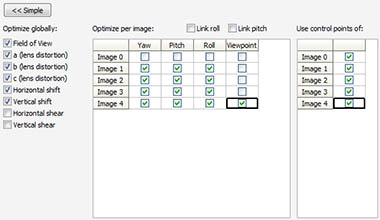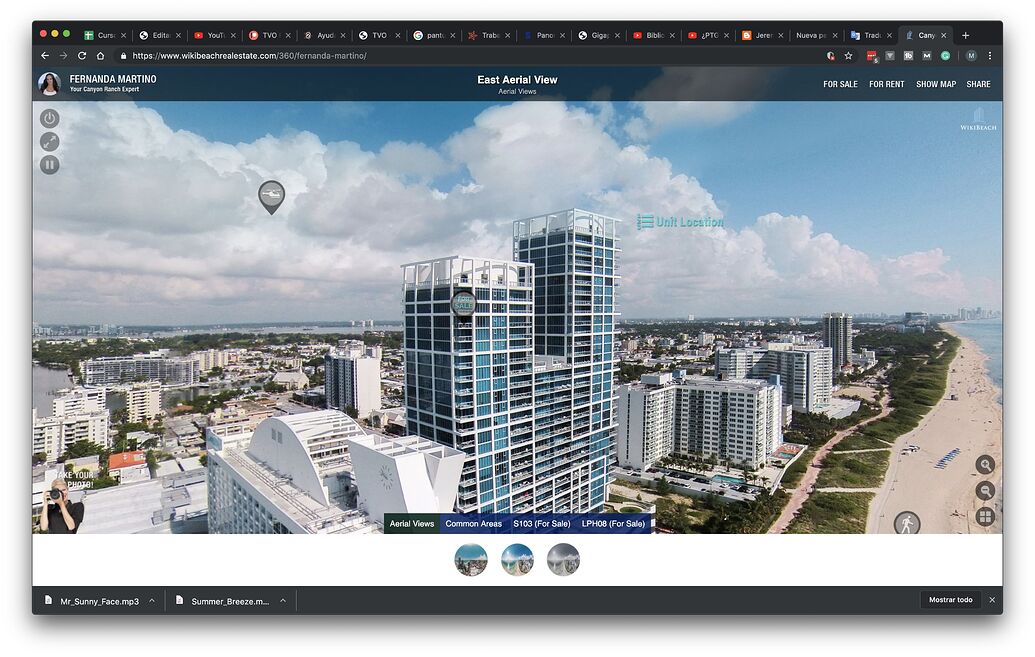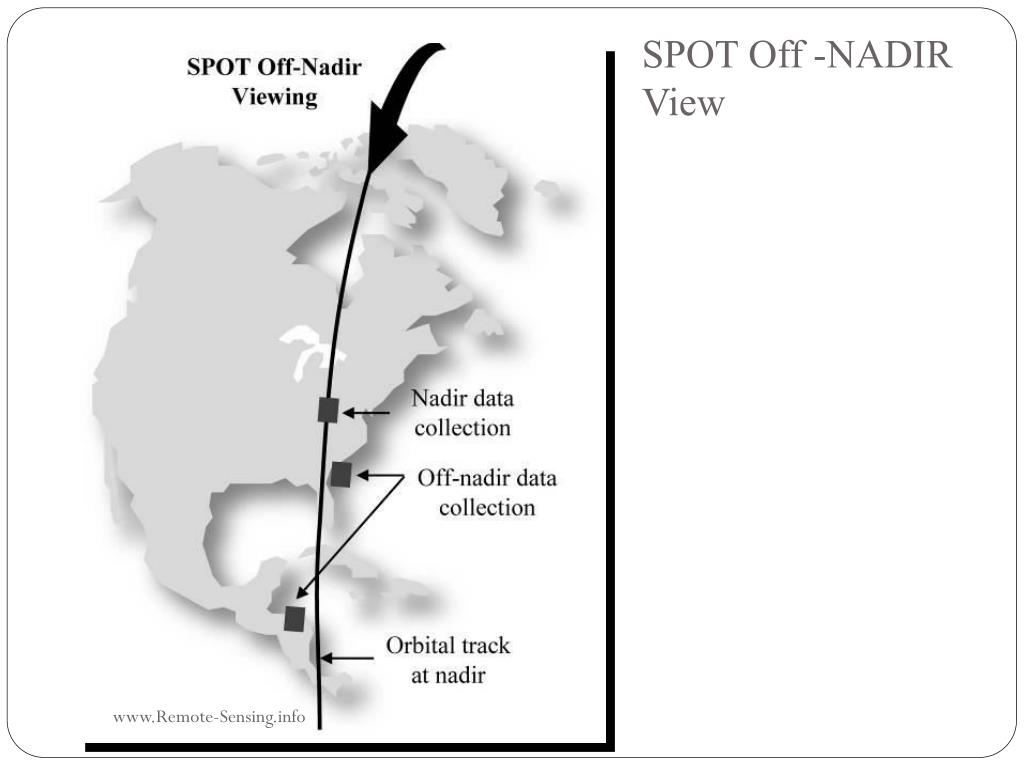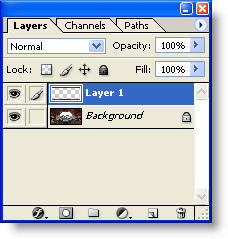

It shows that the relative positions between the images is consistent between panorama sets is consistent. The second panorama is the last image set using the yaw, pitch, and roll settings of the first panorama stitch without doing any control (match) point finding. There is some misalignment in the water at the horizon but that should be fixable. The first panorama is the first image set result. It is actually pretty accurate in doing so keeping the yaw, pitch and roll of each consistent between scenes. From the images and experience, I figured that the Anafi takes photos starting at the nadir (bottom) works it's way up to the zenith at a given yaw, changes the yaw and works it way down the the nadir again and so on to complete the sphere. As I expected, all of the panorama is there but stitchers have difficulty in properly placing featureless areas such as sky or open water. I stitched the first and last image sets using PTGui which is a program based on the Panotools by Helmut Dersch I used to use. This is most likely because the whole sensor is used to take pictures and for video digital stabilization is used. One thing I noticed, when switching from video to photo shoot, the view is no more stabilized. #10 attachment P1351841_stitch_resized.jpg

#9 attachment P1341799_stitch_resized.jpg

#8 attachment P1331757_stitch_resized.jpg #7 attachment P1321715_stitch_resized.jpg #6 attachment P1311673_stitch_resized.jpg #5 attachment P1301631_stitch_resized.jpg #4 attachment P1291589_stitch_resized.jpg #3 attachment P1281547_stitch_resized.jpg

#2 attachment P1271505_stitch_resized.jpg #1 attachment P1261463_stitch_resized.jpg Since freeflight produced panos with wrong horizons, I processed the files with ms ice on my computer (resized to 50% because file size upload limitation): All panos were shot starting facing the same spot on the ground. Working with OpenEXR (.exr) and HDR Radiance (.For testing purposes I calibrated the drone and shot the same panorama six times at 30m height, and then four times another one at 100m height. Merger priority (used in spherical panoramas at the bottommost point - nadir) The ability to merge files with different exposures (Exposure Fusion) Ĭorrection of parallax, perspectives and correction of the survey point The main differences between the Pro-version and the usual one:Īdvanced project settings, such as creating templates with frequently used settings, configuring default file names, and so on The program is presented in two variants - the usual version and the Pro-version. The work of PTGui is not complicated and it is quite possible to sort it out by yourself in a couple of hours. One more pleasant feature of the program is that it automatically finds shooting parameters and focal length in the EXIF-record in the file and, relying on this data, automatically corrects the perspective. The second window is Panorama Editor, where you can visually edit the panorama, shift the viewpoint, change the perspective, align the horizon, crop and change the projection, for example, a cylindrical panorama or a spherical one, and even have a Mercator projection.
#Ptgui nadir viewpoint manual
The main window - Project Assistant - is used for working with files, basic settings of the future panorama, HDR settings in the Pro-version, setting up the gluing points in the manual mode, working with masks, saving and so on. Built-in PTGui tools will help you do this without any problems. But even here small mistakes are not terrible in the program except for the automatic mode of gluing panorama is also a manual mode, in which you can visually add all the photos of the future panorama as puzzles, and manually select the gluing points. All you have to do is to make sure that the edge of each next photo slightly overlaps with the edge of the previous one when you take the picture. PTGui is able to automatically align images and achieve seamless gluing of the finished image.
#Ptgui nadir viewpoint series
But, to get a good result, you can even take a series of photos for a panorama from the hands, just turning the camera around its axis and taking pictures. The highest quality panoramas are achieved when shooting from a tripod with a special panoramic head. With its help it is very easy to make panoramas of all kinds, from simple, glued from 2 frames of pictures, to interactive spherical gigapixel panoramas. PTGui is a program for creating panoramic images from several photos.


 0 kommentar(er)
0 kommentar(er)
